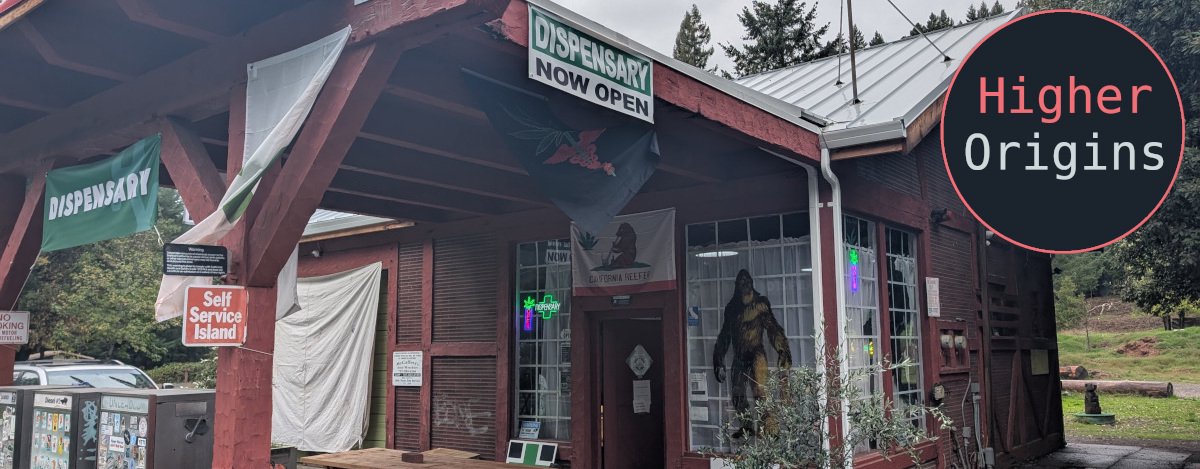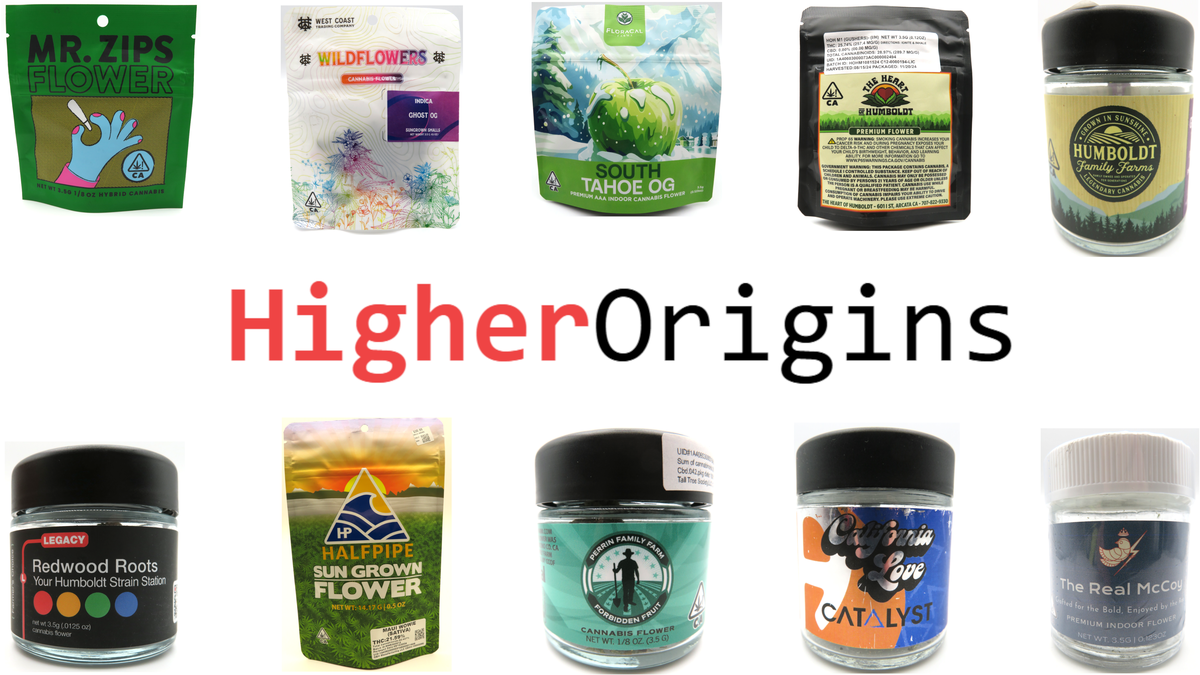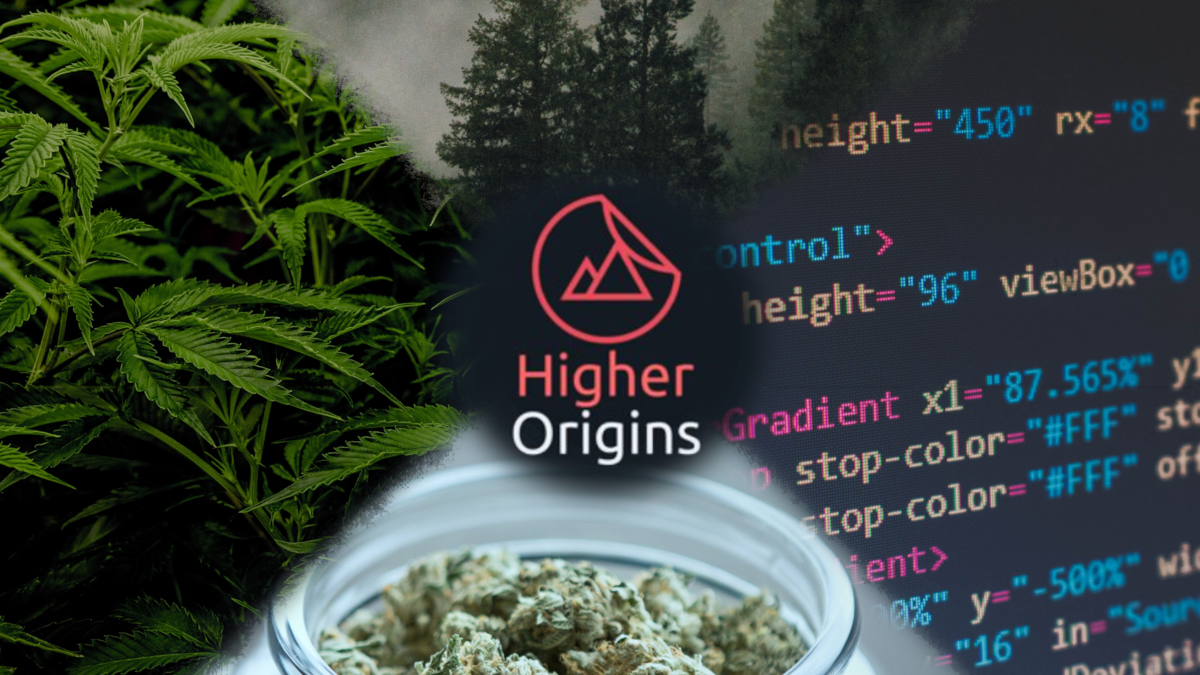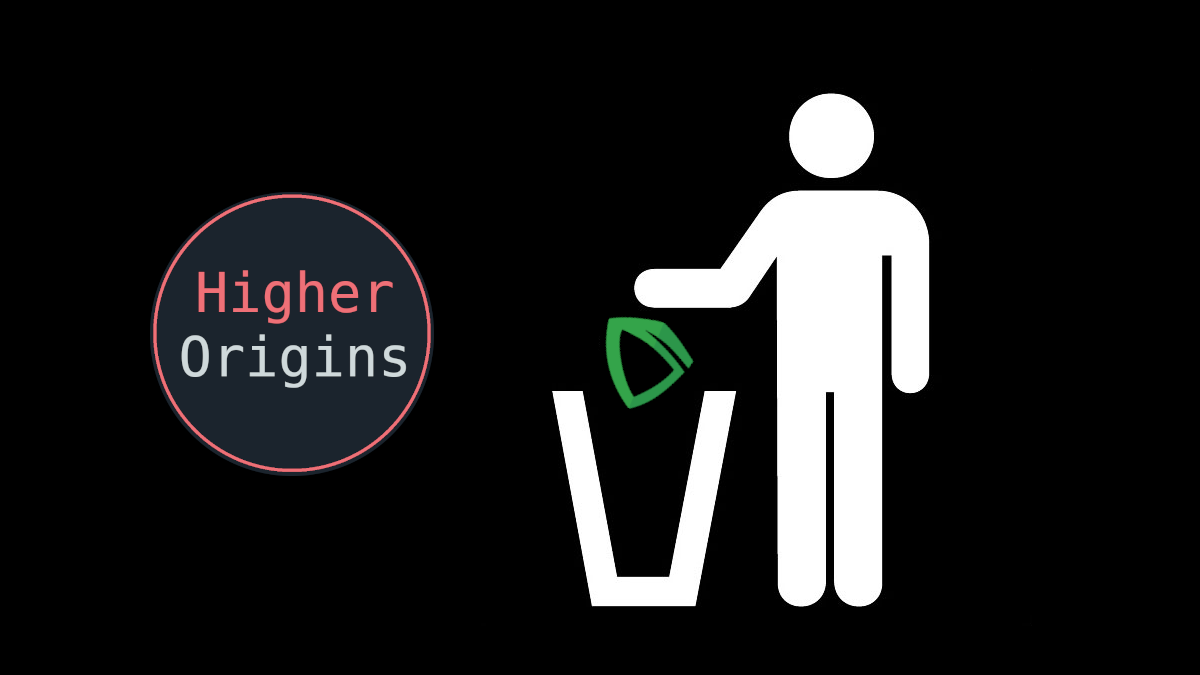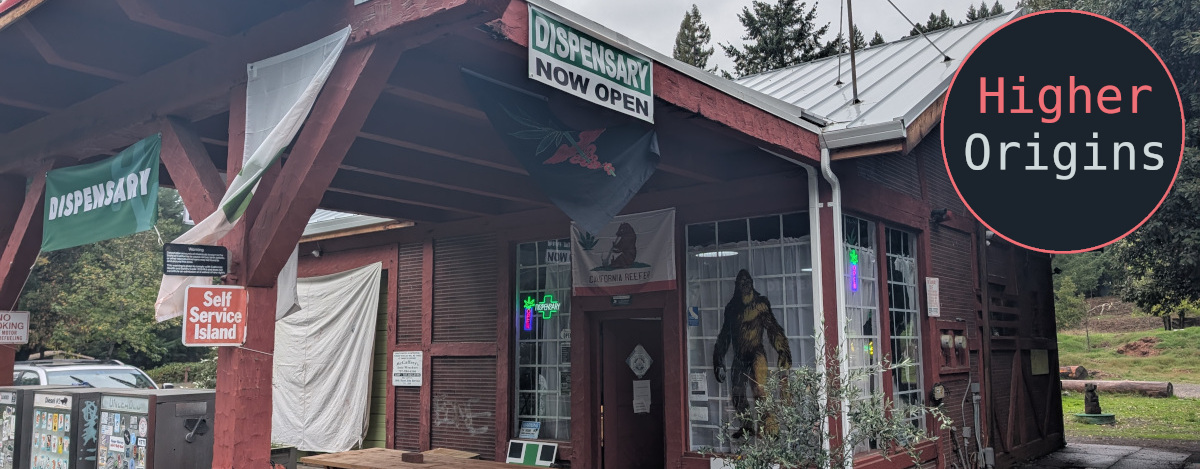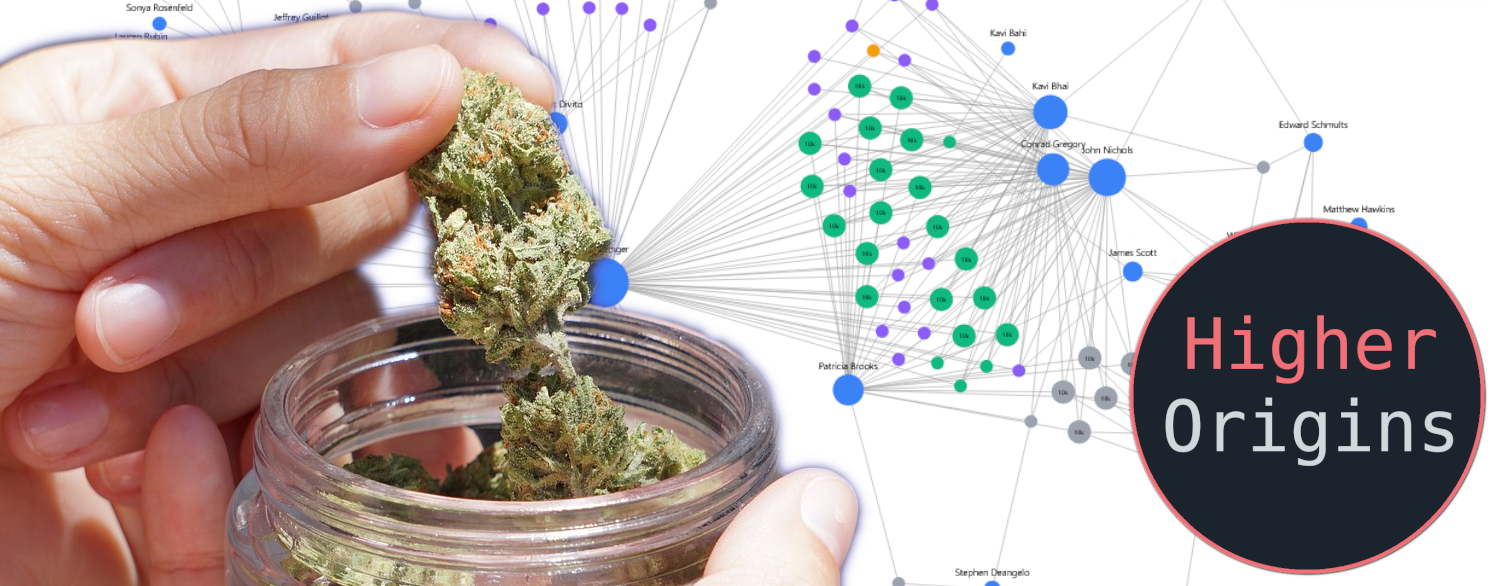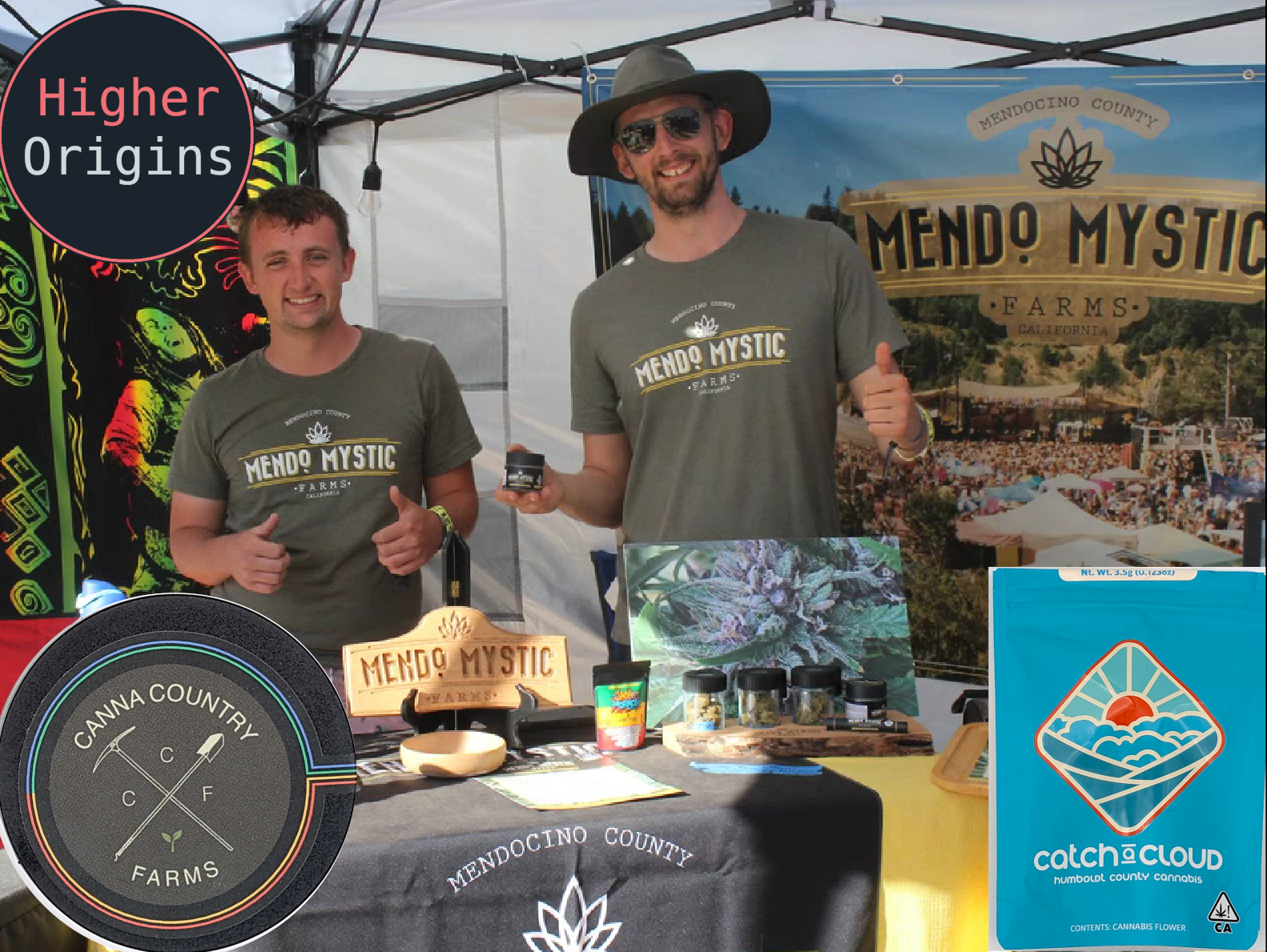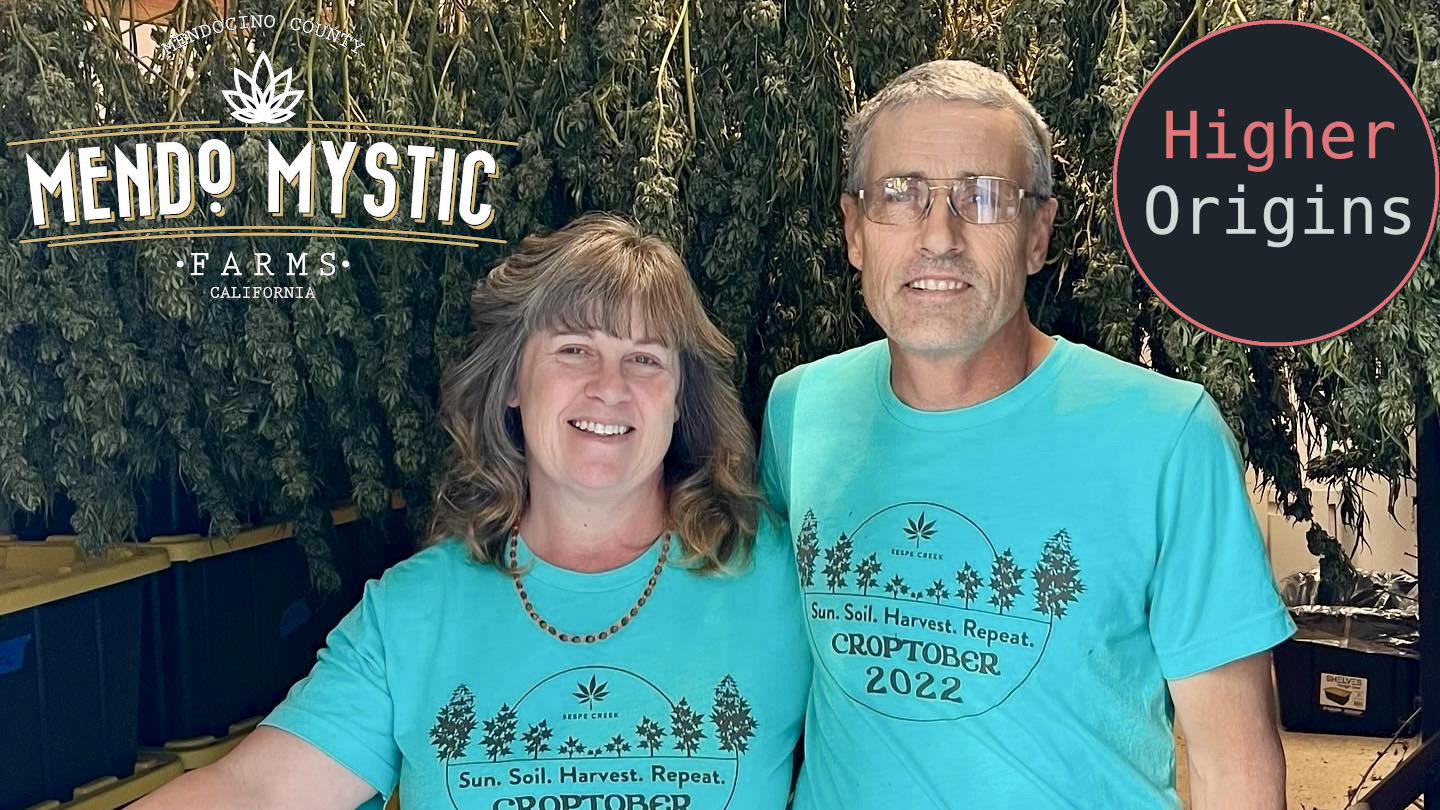Over our years working in California Cannabis, we have watched legalization create a death trap for small legacy growers. We have also seen the power of effective collaboration to drive real economic change. This article is the first of three in which we share our ideal model for an industry that supports small farms and their culture from seed to smoke.
The Original Economy
Prior to legalization, the Northern California counties of Humboldt, Trinity, and Mendocino, collectively referred to as “The Emerald Triangle,” operated on a hyper-local cultivation model. Cannabis growers kept crops small and secure, and relied on expertise they had gained themselves through years of work, or from close friends. Mountains several miles apart had their own brain trusts of oral knowledge on how to optimally cultivate. Limited access to extra help meant growers would spend hours of manual labor in the garden, getting to know their plants intimately. Size, shape, color, smell, taste, soil moisture, the presence or absence of certain bugs- all these are indicators of a plant’s health and reaction to its environment, and growers memorized them all.
In addition to cultivation knowledge, another important kind of information was exchanged: genetics. Seeds and clones were swapped throughout the small farms of the Triangle, often accompanied by the breeder’s knowledge of how a strain would perform and how it should be grown. As the season progressed, breeders would get feedback and questions from people growing their strains- reports of good or bad performance, requests for troubleshooting, successful new methods, etc. Growers were free to grow their own specialty because industry trends were slow, prices were good, and there was little more than rumors and the occasional High Times article to influence the overall trends of what kind of weed sold best.
The conditions of the legacy cannabis market in Northern California resulted in a hyper-local collaborative information economy around genetics and cultivation knowledge.
Legalization Changed the Game
The new State-Mandated market model caused major changes, namely the creation of a specific license for nurseries, and preventing the use of unregulated seed/clone stock as a source for legal plants. Under this new system, a solid portion of small farmers were immediately shut out of the legal market by excessive regulatory fees. At the same time, after a brief initial grace period, legacy genetics were shut out of the market- those that did not get imported ceased to exist from a legal point of view. The newly licensed nurseries were something new- businesses exclusively focused on high output of clones, which led to a revolution in scaling genetics production in a quality-controlled environment. The expansion of mega farms and VC backed investment-focused brands resulted in a one-two-three punch of price suppression via economies of scale, market flooding with low quality clones from these huge facilities, and less genetic diversity in the legal market, since most farms followed the lead of what these large farms were growing, driven by the demands of the new Retail and Distribution market niches.
Where We Are Now
8-ish years into Prop-64 regulation, the industry is flooded with low-quality clones, small farms are still financially closed off from the full market, every year a new loose category of strain like a certain shade of Gelato is “in”, and the hyper-local model pioneered by the legacy Triangle is fragmented. Today, small growers are mostly trying to keep up with the whims of the market rather than the knowledge of their neighbors. For consumers, this has translated to reduced genetic diversity on shelves, limited brand variety, and less access to small farm outdoor grown cannabis. As much as the State government likes to portray themselves as culturally sensitive, they have done massive damage to one of their state’s most famous industries by excluding and strangling the Emerald Triangle legacy subculture.
So, what do we think should be done? We think it is possible to regain the best parts of the earlier days of cannabis genetics and knowledge sharing and enhance it with the legal industry's scale and data, in order to give small farms an economic foothold.
Higher Origins Cultivation/Genetics Economic Model
Nurseries: Nurseries need to focus more on genetics by, and for, smaller farms in specific regions. Strains suited for outdoor growth, with long and stable lineages acclimatized to the region should be prioritized. Nurseries should share SOPs for infection prevention, plant test results, and growth information. Since nurseries are growing more clones than they ever have, they should be able to aggregate and analyze large data sets about what works well for specific genetics.
Growers: When a grower buys genetics from a farmer, they should focus more on those genetics with a known lineage in their region. As they grow, they should share information on the plant’s performance COA’s, and how it was grown. Since all growers have a slightly different approach, select for certain plant characteristics, and grow in different terroir, their varied information can paint a complete picture of how a strain performs in different conditions.
Information Sharing: Nurseries and growers should aggregate their information as a publicly viewable resource, so a full profile can be built on each strain, and its known cultivation properties. A grower looking to buy clones will be able to see exactly what they are getting, learning from the experiences of their peers. Likewise, nurseries will be able to see what works and what doesn’t for their respective regions and plan their production accordingly.
Software-driven Collaboration: We are obviously biased as a software company, but we believe the easiest way to achieve the above situations is through a shared software platform. Not only would this provide the perfect solution for aggregating together various data points from nurseries and growers, but it could also ease ordering through the use of an online marketplace, and allow production planning for both growers and nurseries. Integration with METRC track and trace also allows for built-in compliance.
The Outcome
Growers and Nurseries would be able to collaborate seamlessly to specialize and refine their regional genetic specialties and help each other improve their crops. At the same time, business challenges like ordering, planning, and compliance can be streamlined. This would bring the best of the old and new industries together: specialized genetics and knowledge, with data tracking and business management. When applied in the Northern California region, where most growers are small farms with limited economic and logistic access to the legal market, this model could help differentiate and insulate the regional economy from mega-farm driven market trends which place little value on quality genetics or community collaboration. Additionally, this would help small growers make more informed decisions about how they approach their cultivation with regards to the finished product- given a decent amount of information on what terpenes, cannabinoids, and flower type a strain yields, a grower can more easily pick what they want to grow.
Realistically, achieving this goal will be difficult. We’re doing what we can through our collaborations with legacy farmers and nurseries such as Mason Family Farms and structuring our software platform to streamline relationships. However, reworking the small farm economy will require all hands on deck. Will you help?
If you find this article interesting, stay tuned! We have two more coming out soon covering the distro and retail sectors of the industry. If you are interested in Higher Origins, consider joining, or become a supporter and help us keep the lights on.
Always Grow What You Know
-The Higher Origins Team


